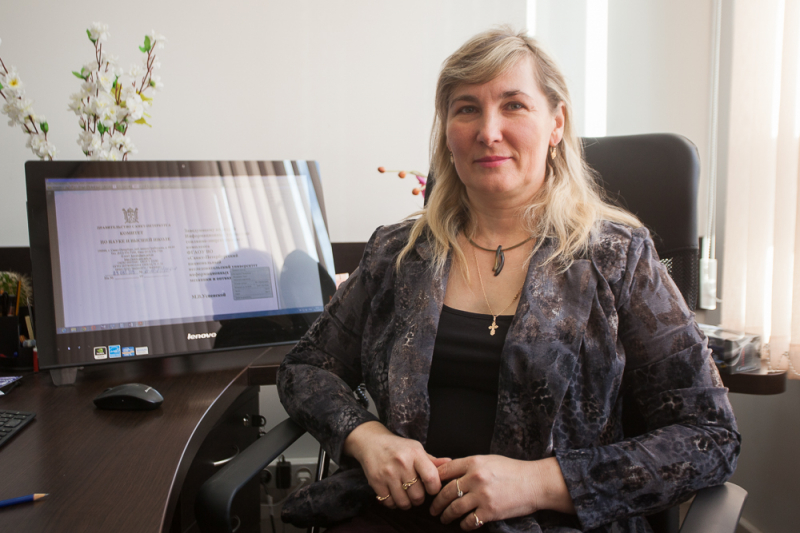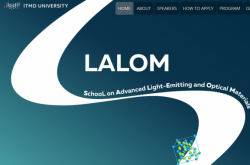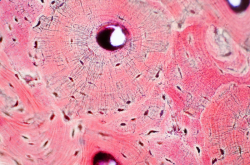You received a grant as part of the Russian Science Foundation’s infrastructure-based research competition. Could you share more about the grant and its conditions?
The infrastructural grant of the Russian Science Foundation implies the realization of a joint project by research teams from two organizations. In our case, the second organization is Almazov National Medical Research Centre. It’s represented by Anna Kostareva, head of the Institute of Molecular Biology and Genetics. The grant period is four years and one of its conditions is that it must result in at least 10 publications in highly-ranked journals.
The title of your project is Development and Application of a Personalized Medicine Method Based on Structural and Bioinformatic Analysis of Protein Mutations Related to Hereditary Diseases for Optimization of Drug Search. What is this method about?
In this project, modern methods of structural bioinformatics used in the analysis of the “sequence-structure-function” protein interaction will be used to explore the mechanisms of cardiomyopathy, for which amyloid heart disease, which leads to cardiac insufficiency, is typical.
Cardiomyopathy refers to a group of serious myocardial diseases mostly caused by genetic reasons that disrupt the myocardial structure and functions, as well as cause cardiac insufficiency.
As of now, there is not enough data on the structural properties of protein molecules in tissues of patients with amyloid deposits in the heart. Moreover, there are patients with unidentified mutations of the protein transthyretin but at the same time, the amyloid is built up in heart tissues. There is no data on causes and mechanisms behind this process and, therefore, no information on drugs to treat such patients.
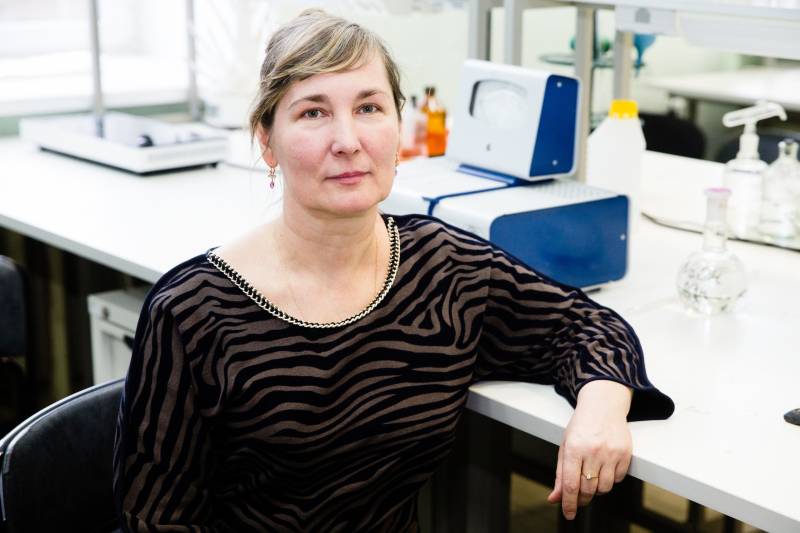
Will your research help solve this problem?
Our research will allow us to use new approaches to the development of drugs that suppress amyloidogenesis based on in silico docking in the structures of amyloid targets. This approach is better than blind testing of large sets of chemical substances, which is what research teams and pharmaceutical companies tend to employ these days.
In that way, we will gain a better understanding of how to treat heart amyloidosis, including the hereditary kind. Different types of cardiomyopathy and cardiac insufficiency are the main causes of death worldwide.
What are the stages of your project?
We have eight main objectives. The first is to detect the causes of heart pathologies based on the analysis of genetic mutations.
The second task is the development of enhanced computer software for large-scale bioinformatics analysis of protein mutations related to inherited diseases. Then, we will produce molecular models of spatial structures in analyzed proteins.
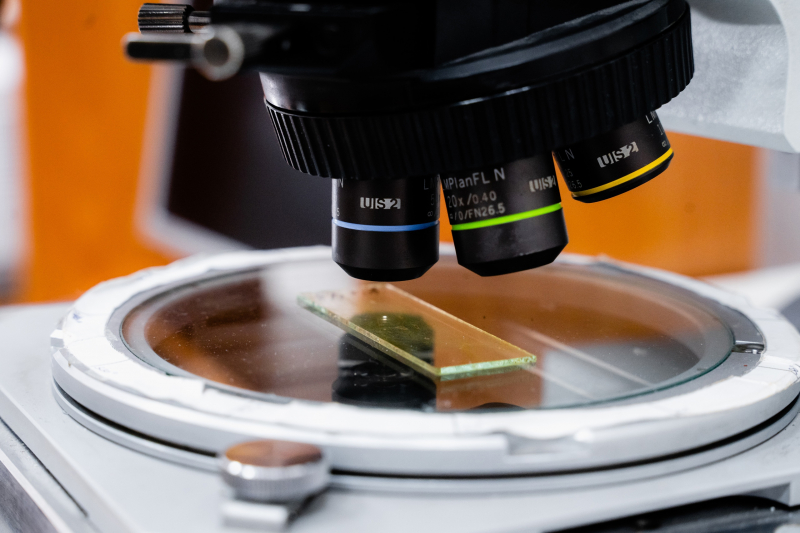
The next objective is to find new potential treatments. Then – to create models of experimental heart amyloidosis. We need this because it’s not thoroughly researched and the consequences of amyloid heart failure may be severe.
Later, we will engage in synthesis and research behavior of drug molecules in a solution. Then, we will evaluate their efficiency on our model of amyloid failure. And finally, the last task will be the development of systems for compound delivery based on biopolymeric matrices.
Do you plan to involve new specialists in the project?
During the first year of the grant period, three PhD, one Master’s, and three Bachelor’s students will work on our team. They will conduct research under the supervision of Svetlana Morozkina, an employee at the Research Institute of Bioengineering.
Other than that, due to the multidisciplinary nature of our project, our research results will be discussed at seminars and mini-conferences open to all ITMO University and Almazov National Medical Research Centre students. Moreover, we will present them at lectures and seminars. The accessibility and interdisciplinarity of the project will allow us to attract new students.
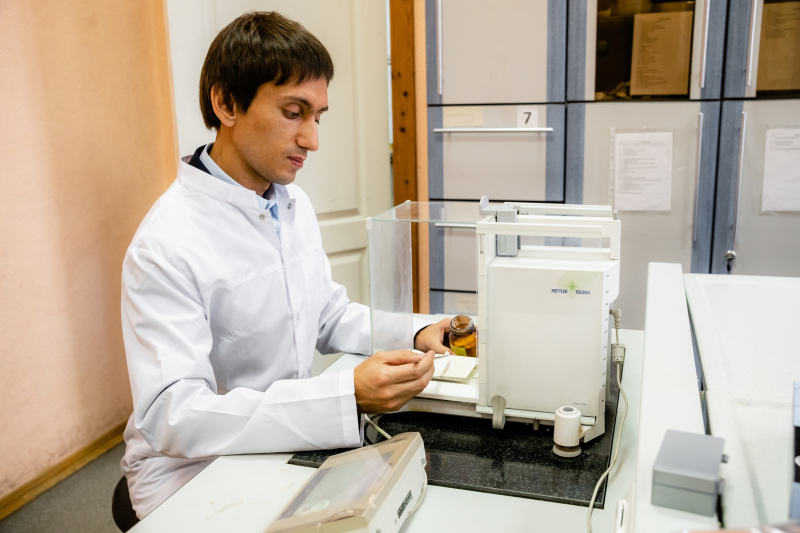
What do you expect the results to be?
We will be the first to select samples of heart tissues of patients with amyloid heart failure, sequence the genes, and learn about mutations in protein structures.
We will use computer software to detect protein zones that are involved with amyloid aggregates, test these predictions, and simulate or detect structures of amyloid fibrils. This will allow us to conduct molecular docking.
Molecules that can potentially be used in drugs for patients with amyloid deposits and save many lives will be the main result of our project. As of now, there are no similar projects anywhere in the world. Absolutely all data we will receive in the process of research will be collected for the first time ever. This guarantees its uniqueness and scientific value for the global community.
